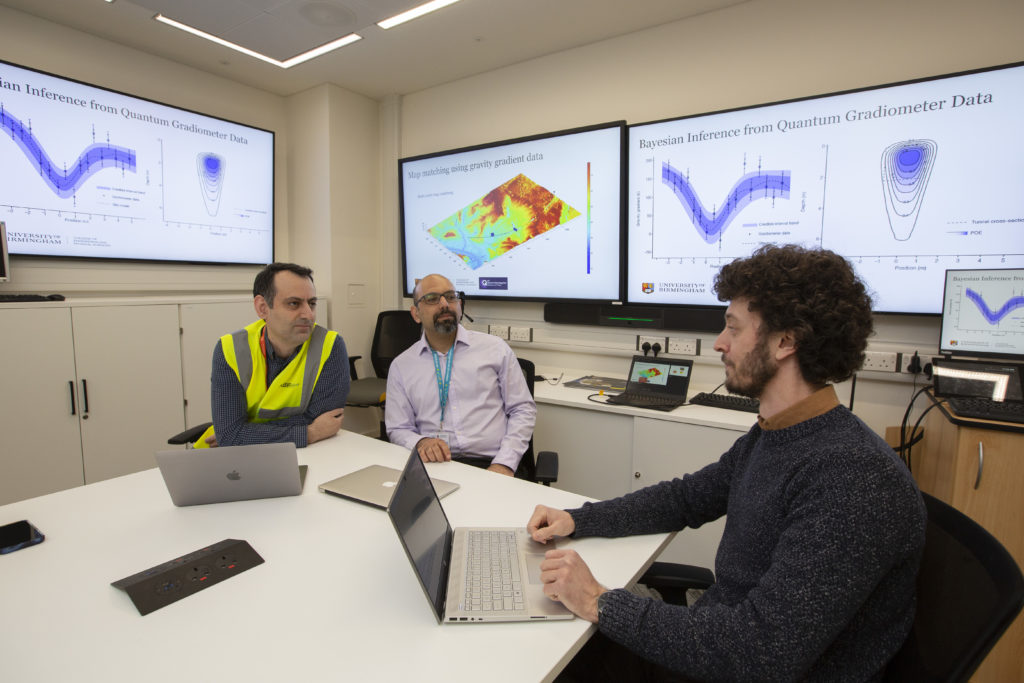The scientific community has achieved a remarkable breakthrough in Florence, where researchers have developed an innovative device that enables the simultaneous study of quantum and classical physics. This advancement, detailed in the journal Optica, represents a significant step forward in our understanding of how matter behaves at different scales and the mysterious boundary between the classical and quantum realms.
The project emerged from a collaborative effort among several prestigious Italian institutions, including the University of Florence’s Department of Physics and Astronomy, the National Institute of Optics (CNR-INO), the European Laboratory for Nonlinear Spectroscopy (LENS), and the Florence branch of the National Institute for Nuclear Physics (INFN), all working under the umbrella of the National Quantum Science and Technology Institute (NQSTI).
At the heart of this groundbreaking device is the principle of optical trapping, a technique that uses precisely focused laser beams to levitate nanoscale objects. This method builds upon the foundational work of Arthur Ashkin, whose pioneering research in optical tweezers earned him the 2018 Nobel Prize in Physics. The Florence team, led by Francesco Marin of the University of Florence and CNR-INO, has advanced this technology by implementing a dual-beam system that can simultaneously trap two glass nanospheres using different colored light beams.
The significance of this development lies in its ability to bridge the traditionally separate worlds of classical and quantum physics. As matter is examined at progressively smaller scales, its behavior transitions from the predictable patterns we observe in everyday life to the counterintuitive phenomena governed by quantum mechanics. Until now, scientists have been forced to study these behaviors independently, but this new device allows for their simultaneous observation within a single experimental setup.
The trapped nanospheres function as nano-oscillators, vibrating around their equilibrium points at specific frequencies. What makes this system particularly valuable for research is that the spheres carry electrical charges and interact with each other, creating a complex interdependent system. As Marin explains, the trajectory of one sphere is heavily influenced by the other, enabling researchers to study collectively interacting nanosystems in both classical and quantum regimes.
This capability is crucial for exploring the subtle and poorly understood boundary between classical and quantum physics. The nano-oscillators represent one of the few known systems where scientists can observe and control the behavior of macroscopic objects with exceptional precision. This level of control and observation provides an unprecedented opportunity to investigate how quantum effects emerge and influence larger-scale systems.
The implications of this research extend beyond pure scientific curiosity. Understanding the transition between classical and quantum behavior could lead to practical applications in quantum technology, including the development of more sophisticated quantum sensors, communication systems, and computing devices. Additionally, this work contributes to our fundamental understanding of nature and the physical laws that govern our universe at different scales.
This achievement by the Florence team represents a significant milestone in experimental physics, offering new tools and methodologies for exploring one of the most intriguing frontiers in modern science. As researchers continue to utilize and refine this technology, we may gain deeper insights into the fundamental nature of reality and the mysterious boundary where the familiar rules of classical physics give way to the bizarre and counterintuitive realm of quantum mechanics.
Reference: “Coulomb coupling between two nanospheres trapped in a bichromatic optical tweezer” by F. Marino, Q. Deplano, F. Marin, A. Pontin and A. Ranfagni, 19 December 2024, Optica. DOI: 10.1364/OPTICA.538760



